Japan Race against time to rescue survivors from the 7.6 magnitude earthquake which hit the center of the country on January 1, 2024. A day after the powerful earthquake that triggered the tsunami warning, authorities said on Tuesday that at least 50 people had died and reported enormous damage in the worst-affected areas. feared that the number of victims would continue to rise.
The city of Wajimawith 27 thousand inhabitants and located very close to the epicenter of earthquakeIt is one of the areas most affected by the earthquake, which caused the collapse of around 25 buildings, many of them private homes, reported the EFE agency.
LOOK: The Venezuelan soldier who sought asylum in the US was deported and is now imprisoned in Venezuela
It is believed that people may be trapped under the remains of 14 of these buildings, according to the local fire department.
The earthquake mainly affected old houses, generally made of wood.
The epicenter of the powerful earthquake was the city hall of Ishikawaat the Noto Peninsula. On Tuesday, authorities confirmed that there are still smoldering buildings at the site. They also reported fishing boats that were sunk or washed out to sea.
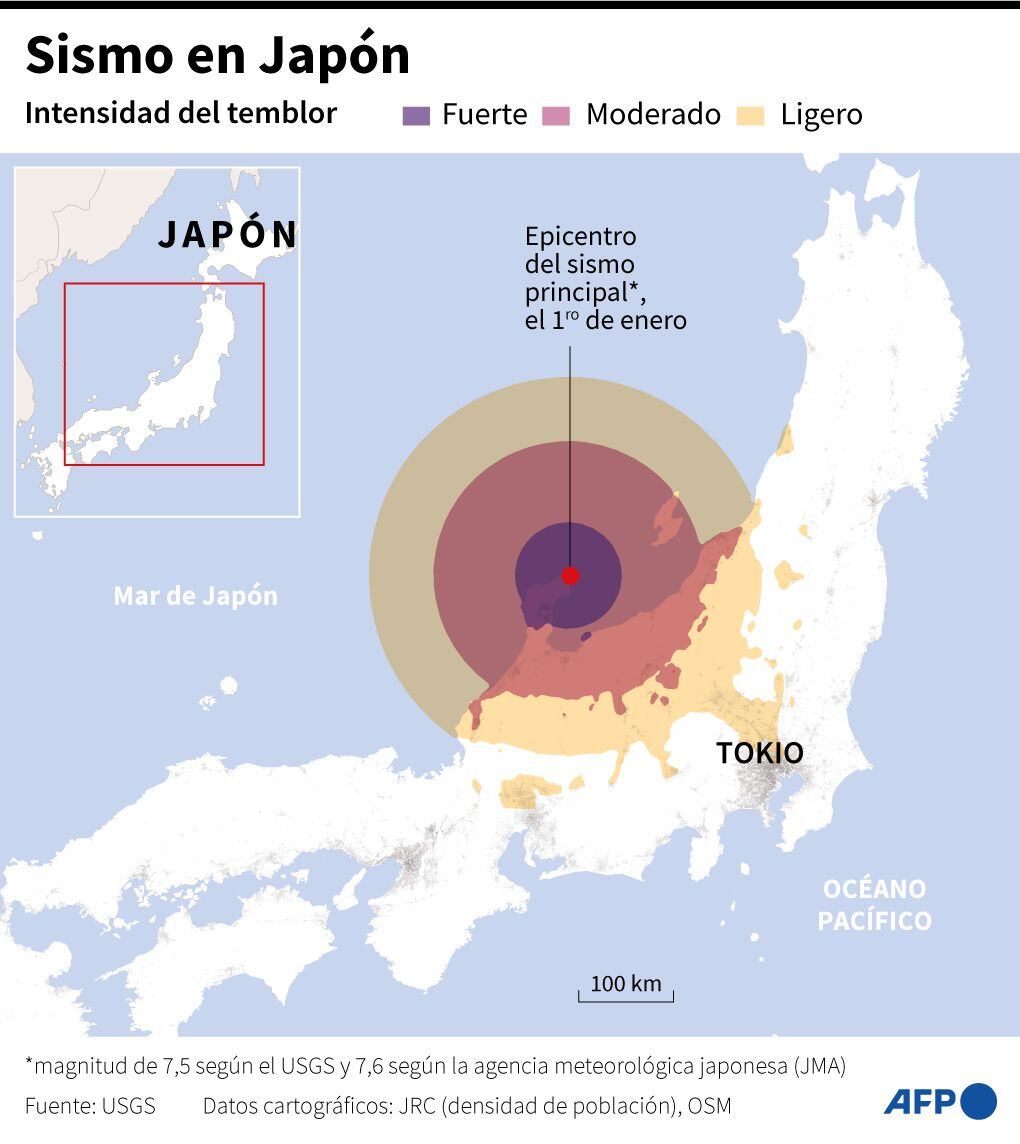
The Prime Minister of Japan, Fumio Kishidasaid that “very extensive damage has been confirmed, including numerous casualties, collapsed buildings and fires.”
“We have to race against time to search for and rescue the victims,” he added.
On Tuesday, almost 45,000 homes remained without electricity in Wajimawhich recorded freezing temperatures overnight, according to a report from the AFP agency.
Footage taken by public broadcaster NHK on Tuesday morning showed a seven-story building collapsing and smoke rising in a central area of Wajima.
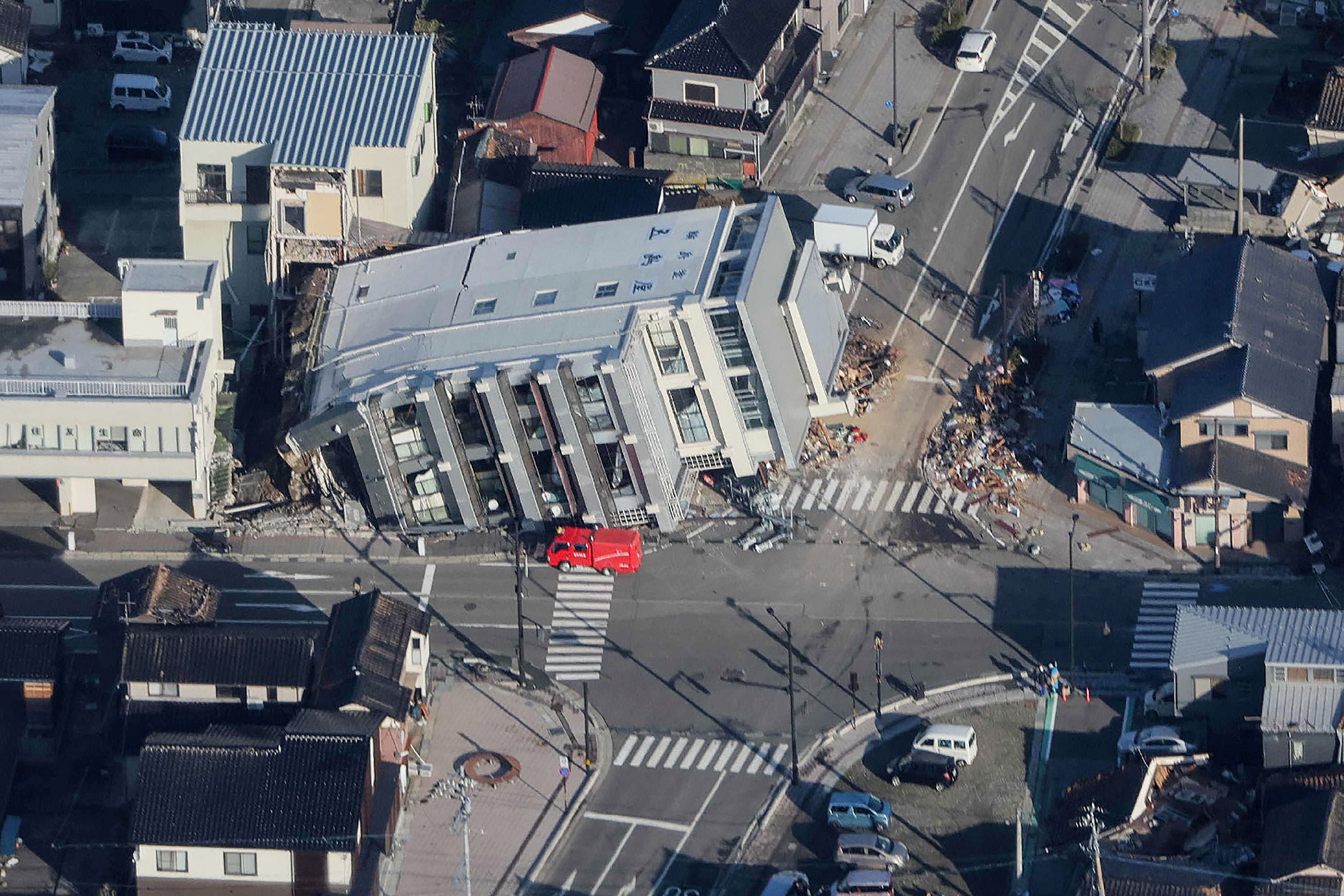
The earthquake caused a fire in Wajima which ended up affecting more than 200 structures.
The Japan Meteorological Agency (JMA) said on Tuesday that 155 aftershocks were recorded after the quake, most with a magnitude greater than 3.
IN Regarding tsunamiwaves 1.2 meters high hit Wajima and other smaller ones were recorded in places such as the island of Hokkaido, in northern Japan. There were no significant effects due to this phenomenon.
There was also no impact on the country’s nuclear power plants, something that was initially feared taking into account the magnitude 9 earthquake that hit the country on March 11, 2011. Fukushima.
Japan is one of the places where the most earthquakes are recorded in the world. It is also considered the best prepared country for managing this type of natural disaster, where anti-seismic constructions and a citizenship that has learned through prevention are the main keys to avoiding further damage, both material and personal.
According to the United States Geological Survey (USGS), all Japan It is in a very active seismic zone. Furthermore, it is the country where the most earthquakes are detected because the country has the largest seismic network in the world, which means it keeps an accurate record of these natural phenomena.
The seismic area where the country is located is called Ring of Fire or Ring of Firewhich is located on the coasts of the Pacific Ocean and “is characterized by concentrating some of the subduction zones most important in the world, which causes intense seismic and volcanic activity in the territory it covers”, according to a CNN report.
He Fire belt includes an extension 40,000 kilometers long, where several oceanic plates slide under Asia, America and Oceania.
In all these areas, around 81% of the biggest earthquakes on the planet.
National Geographic notes that seismic and volcanic activity generated in Fire belt It is a potential danger for hundreds of millions of inhabitants in around 40 countries, including Peru.
“In the Pacific basin, volcanoes and earthquakes have caused death and destruction for thousands of years, but today, Due to enormous population growth in Asia and America, more and more people are living on the brink of disaster,” says National Geographic.
Because in Japan Do so many earthquakes happen? He Geological Survey of the Asian country says the nation is located along subduction zoneswhich causes “many earthquakes to occur every year,” reports CNN.
A subduction zone It is one where two tectonic plates collide moving in opposite directions. Of these two plates, the denser one passes beneath the less dense one (that is, it subducts); This movement produces collisions between both plates and releases energy that translates, among other things, into earthquakes, according to the Mexican Geological Survey (SGM).
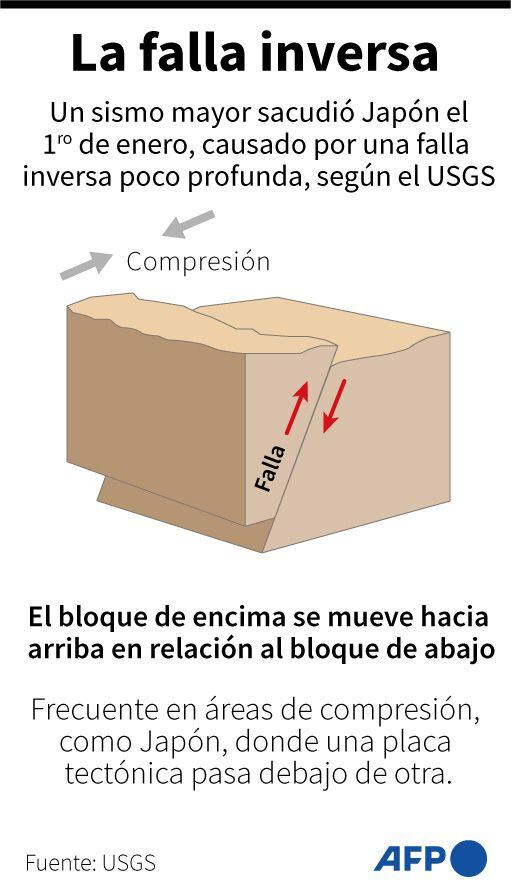
In the case of Japan, explains CNN, the densest plate is from the Pacific and passes under the less dense plate, which are the islands that make up Japanese territory.
“The plate of Pacific Ocean subducts or sinks beneath the islands of Japan. The force of the union of these two plates generates earthquakes throughout this area. Sometimes these tectonic plates can slide past each other quite calmly, generating only small tremors. But sometimes parts of this area become blocked. They don’t slide together. Stress increases to this threshold over time and finally released in a great earthquake and a rupture occurs,” said Dr. Liz Cottrell, a geologist at the Smithsonian’s National Museum of Natural History, in a 2011 video explaining that year’s earthquake in Fukushima.
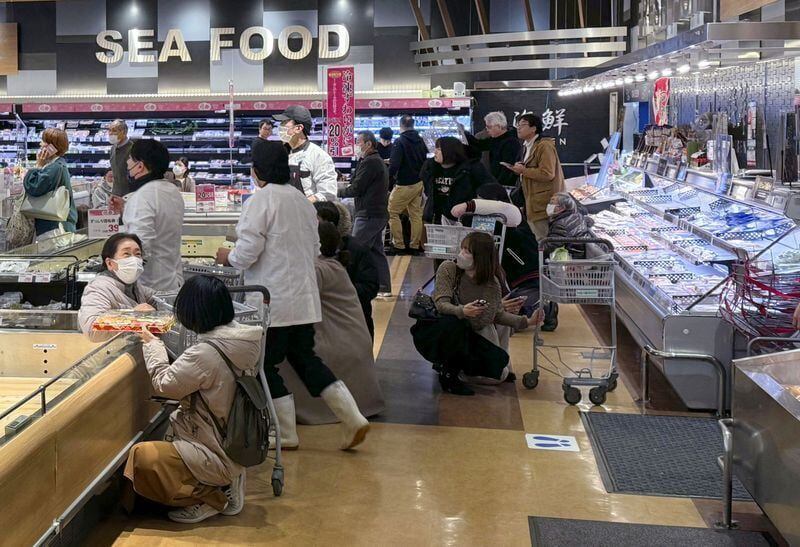
Throughout history Japan suffered devastating earthquakes from which lessons were drawn both for personal prevention and for tightening building standards.
For example, on September 1, 1923, the great Kanto earthquake of magnitude 8.2, destroyed Tokyo and other cities, leaving 140,000 dead. As a reminder of that disaster, Japan has set September 1st as the official disaster prevention day.
As for personal preparation, From childhood, the Japanese learn to protect their heads and stay under tables in case of an earthquake, carry out fire or tsunami simulations, as well as observe which places in a building and its communities are safest to evacuate or take refuge. What is learned in childhood is replicated for the rest of life.
As a BBC Mundo report explains, currently Every Japanese city usually warns residents about disasterswhich indicates what to do in emergency situations, where to take shelter and what to take (first aid kit prepared with first aid items, flashlight, water and non-perishable food, toilet paper, a change of clothes and, sometimes from the pandemic , mask and alcohol gel).
Inside their homes, the Japanese protect themselves from earthquakes by using low furniture, they do not hang pictures on the walls or large lamps and they support shelves and televisions with supports, according to the EFE agency.
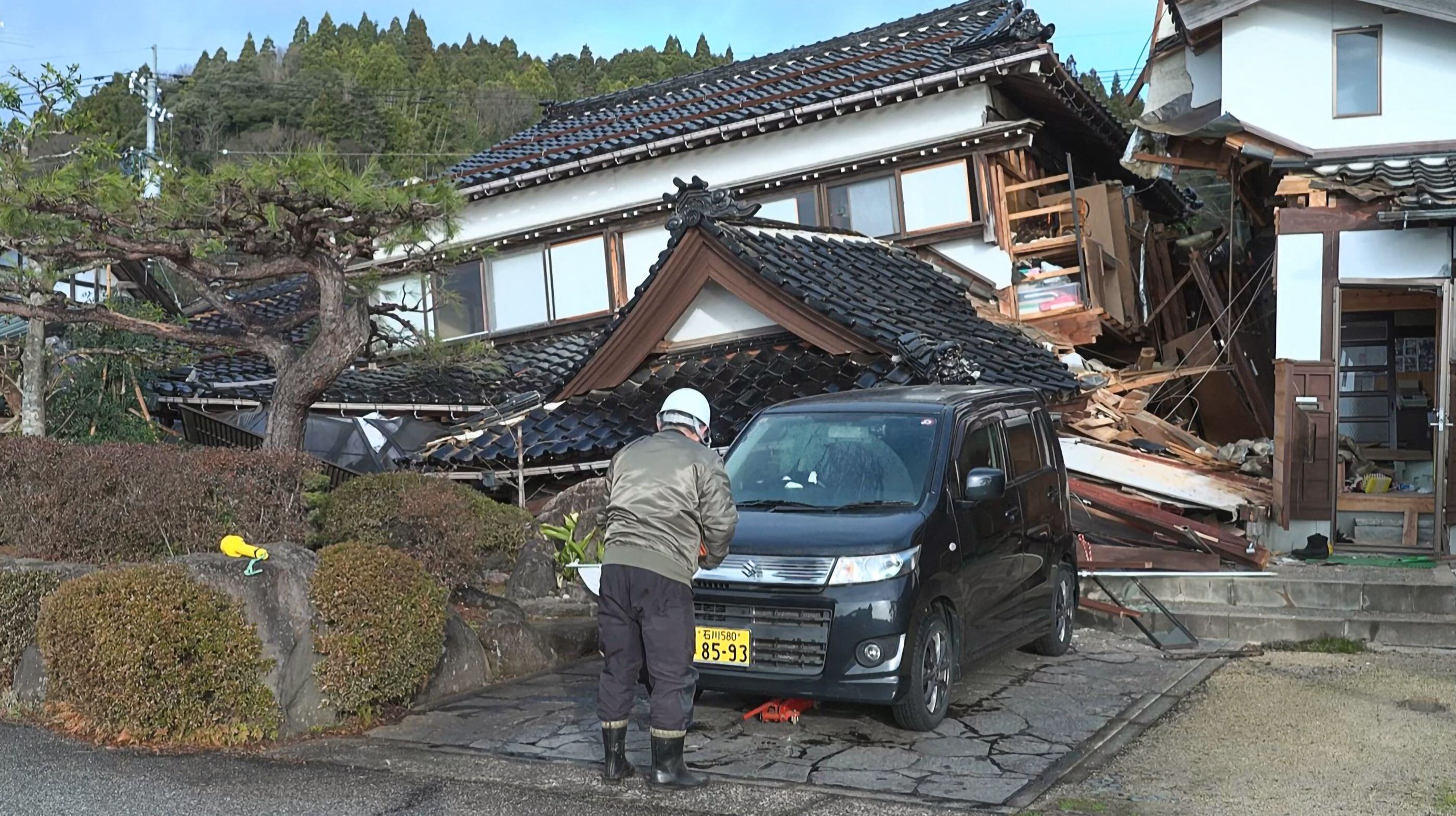
About the building regulationsa 1981 law marked a before and after in the country’s anti-seismic standards, which have been improved in recent decades as the earthquakes noted that deficiencies may persist. Currently, experts consider that the country has the highest construction standards in the world, notes EFE.
The EFE agency explains that the 1981 law came about after a 7.4 magnitude earthquake in Miyagi Prefecture, which left a thousand injured and twenty dead. After that earthquake, It was determined for the first time that all new buildings, houses and infrastructure should be constructed to withstand strong earthquakes..
The columns were forced to be reinforced, the walls were widened and new materials and glass were invested, among other aspects.
After the 1995 Kobe earthquake, which destroyed old infrastructure, damaged 640,000 buildings and killed 6,434 people, a new law included subsidies for the renovation of old buildings.
As for tsunamis, protective walls have been built on the coast of Japan for decades. But after the 2011 tsunami in Fukushima These were reinforced and their heights were even increased.
EFE gives an example of the latter to the fishing community of Taro, located in Iwate, which since 1965 had the largest wall in the country, measuring 10 meters high; but this wall was unable to prevent the deaths of 181 people and the disappearance of more than a thousand buildings in the Fukushima tsunami. Today, there is a new 15 meter high wall.
Source: Elcomercio
I am Jack Morton and I work in 24 News Recorder. I mostly cover world news and I have also authored 24 news recorder. I find this work highly interesting and it allows me to keep up with current events happening around the world.

:quality(75)/cloudfront-us-east-1.images.arcpublishing.com/elcomercio/MG2KCR5K7VAEHCJ2A2BDEZKTRU.jpeg)



:quality(75)/cloudfront-us-east-1.images.arcpublishing.com/elcomercio/DX7CRVTBGRG55HBWEWVZFJAXEE.jpg)

